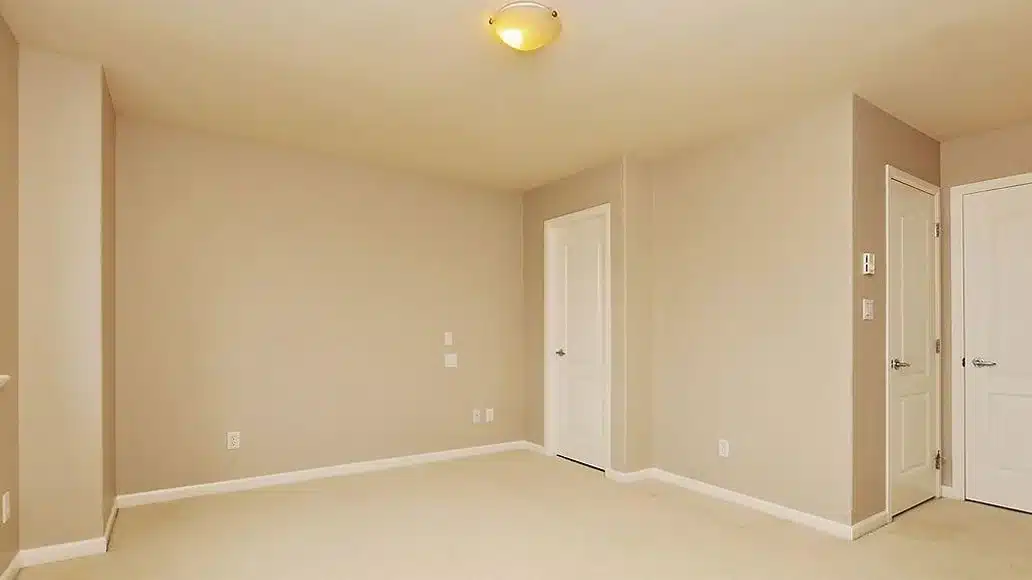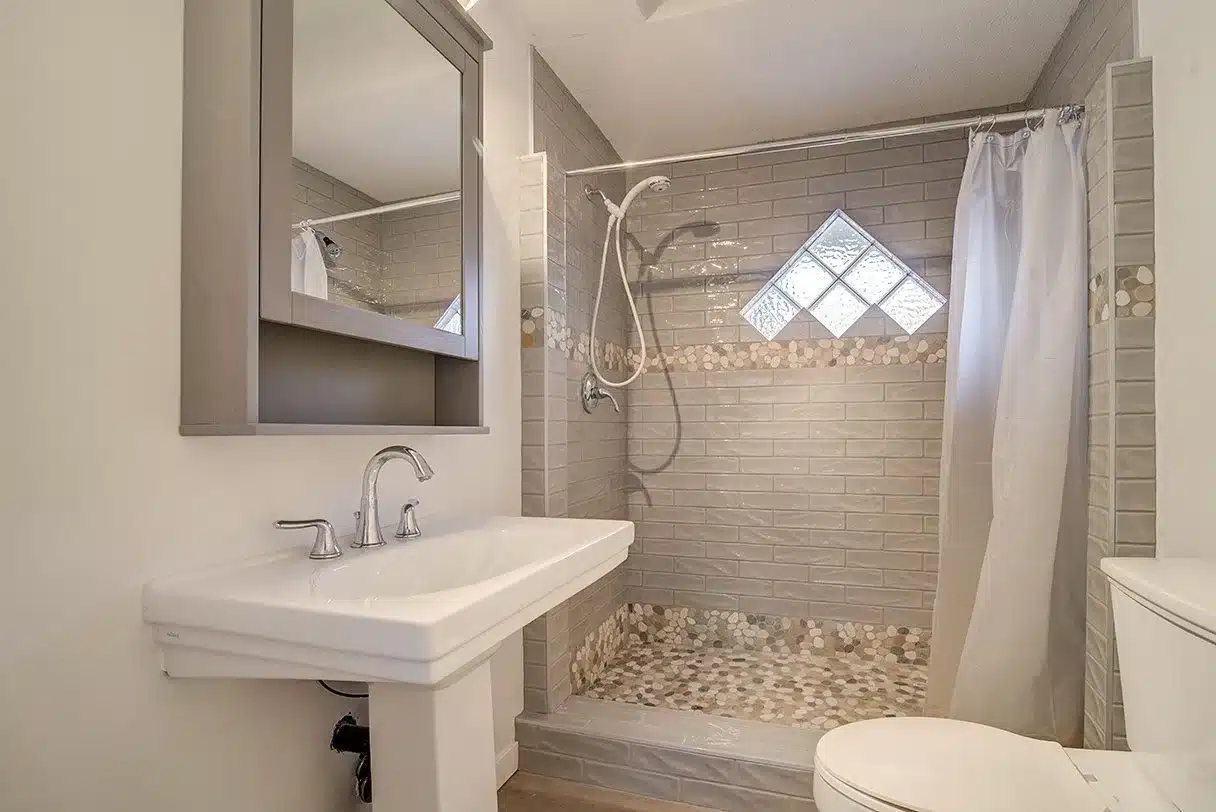Your home’s exterior is composed of many different layers that all work together to provide just what you need. The outermost layer (known as the siding or cladding), is the most crucial to your home’s lifespan.
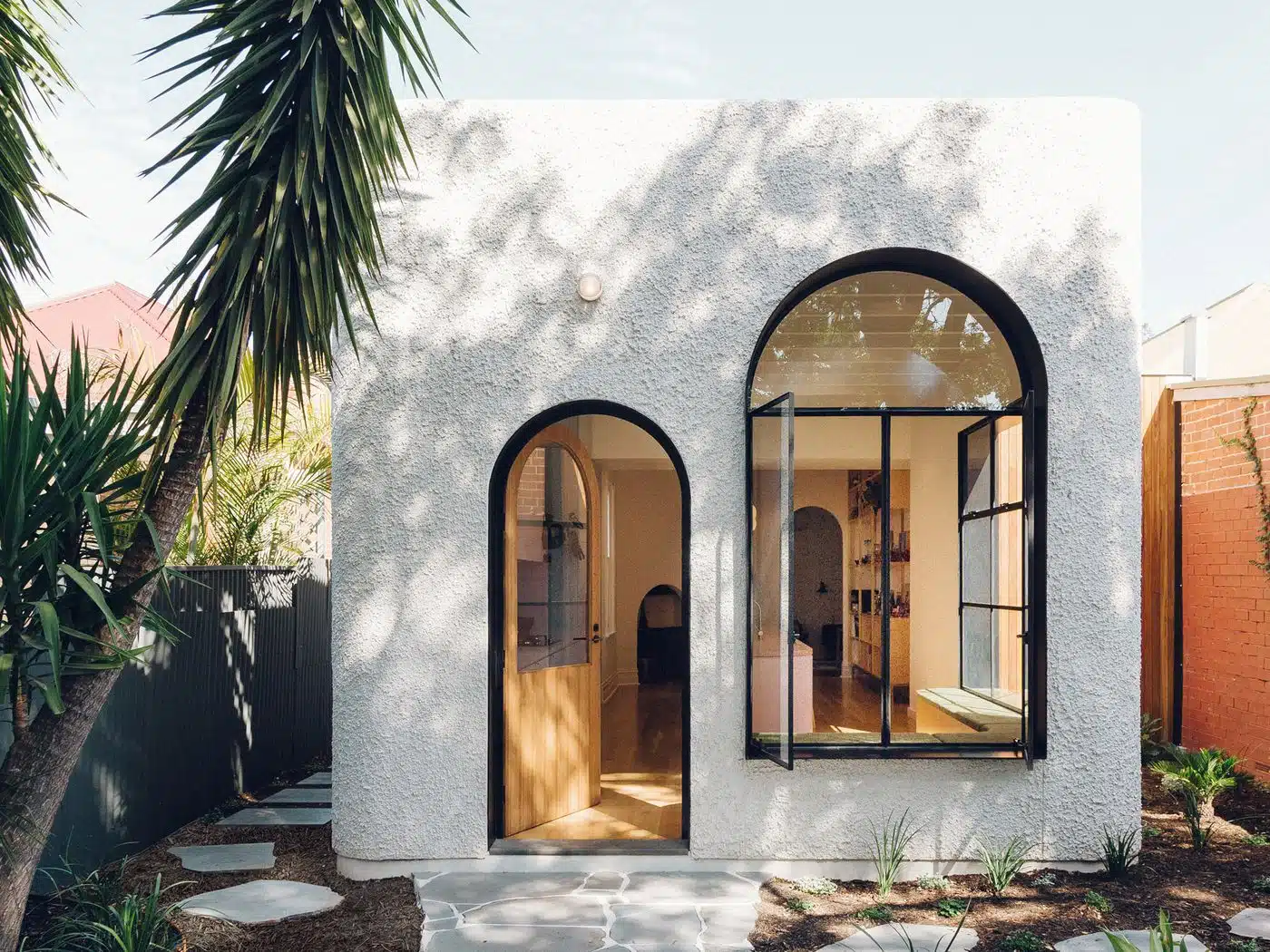
Stucco finish has been around for hundreds of years, and for good reason! Unlike other types of finishes, it applies equally well over both masonry and wood-sheathed homes (though it’s a bit trickier for wood-sheathed homes).
If your stucco finish is looking outdated, great! It is easy to refinish, and our crew is happy to give it a fresh coat of paint!
Okay, So What is a Stucco Finish?
Stucco finish can be separated into two main categories. Traditional & synthetic.
Traditional stucco finish is a cement-like mixture composed of sand, lime, and water. The lime makes it easier to mold. Nowadays cement is actually added to make it more durable!
On the other hand, synthetic stucco uses acrylic resin that is resistant to water damage. Synthetic stucco dries evenly, quickly, and can be applied over foam board, rather then over mesh. The acrylic resin also adds movement to stucco, making it less prone to cracking and breaking. It is considered a finish coat, which can be painted and adjusted to your taste. It’s that simple!
Choosing the Perfect Product to Refresh
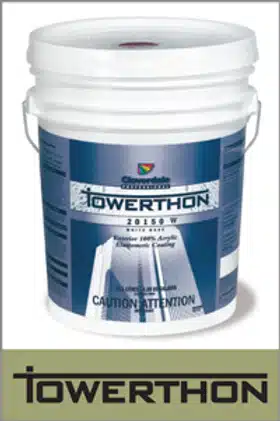
Ideally you will want to find something fitting a few criteria;
- Element resistance
- Flexibility
- Durability
The experts of Mill Creek Painters prefer Cloverdale’s Towerthon Acrylic Elastomeric Coating for the countless reasons listed on their site!
Advantages
- Stucco is easy to tint or paint to accommodate your ever-changing and evolving styles.
- It can be textured or embellished in a number of ways (as seen above).
- Stucco is generally considered on the cheaper end of sidings, simply because of the low cost of its materials.
- Stucco house finish provides an excellent seal against rain and snow because, unlike nearly every other form of siding, it is seamless. *Seams promote water and air-flow into a home.
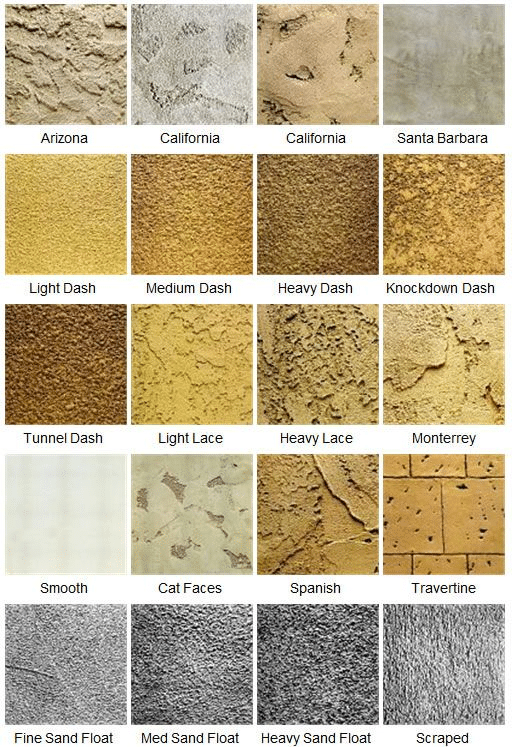
Disadvantages
- Stucco can be damaged quite easily. Stucco’s root word, the Italian stucchi, meaning crust, fragment, or piece becomes crystal clear whenever the siding is accidentally hit with something or scraped by even a small tree branch. When damaged, its crust will flake off.
- It is tricky to DIY-repair. Unlike other types of siding, for example vinyl, the damaged panel will be simply replaced by an intact one. However, with stucco, it must be mixed and applied with a trowel, meaning most homeowners opt for calling a repair company rather than fixing it themselves.
- While stucco can last decades, it does require proper upkeep (which we can help with).
Conclusion
At the end of the day, every project will have its own challenges, and that’s why our experts are happy to guide you & keep your home sparkling! Considering reviving your stucco siding? Let us know!

